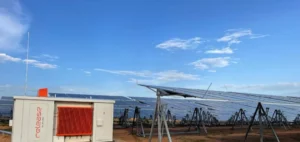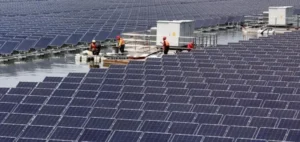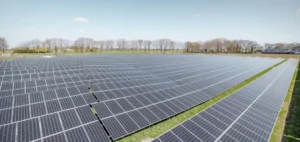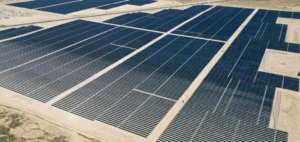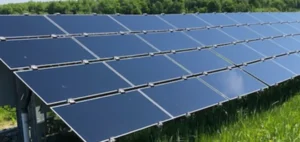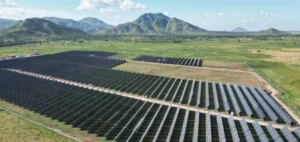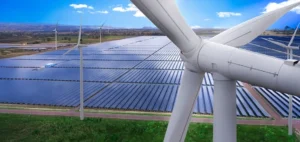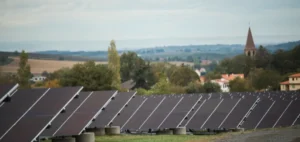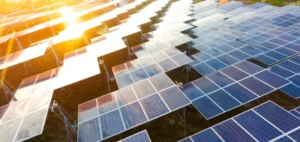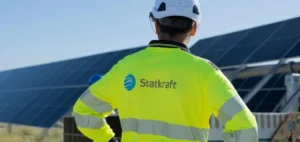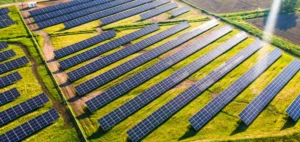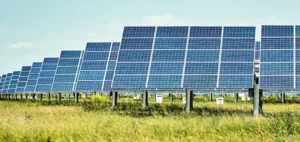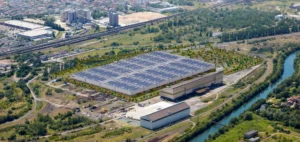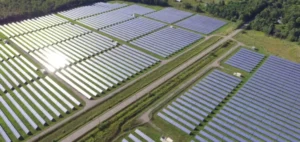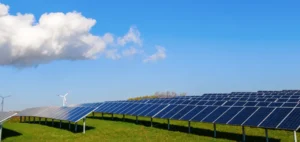South America has seen a sharp increase in solar photovoltaic capacity since 2015, and will continue until 2026.
By the end of 2021, the region is expected to reach 37.3 GW.
Wood Mackenzie analyzed the background to this success story.
South America to triple 2020 capacity in 6 years
The South American continent is actively developingsolar energy.
Between 2015 and 2020, solar capacity jumped from 2 GW to 26 GW.
In 2021, 11.3 GW of solar photovoltaic capacity is expected to be installed.
By 2026, the research firm expects total capacity to climb to 71.9 GW.
That’s almost three times today’s installed capacity.
A feat led by Brazil
Among the Latin American countries leading the way in solar development, Brazil comes out on top.
That’s because, going forward, Brazil will be the main driver of new installed capacity, accounting for 46% of new construction in the region this year.
Since 2015, the country has added 9.5 GW of solar in the region.
Since 2015, Mexico was the second-largest player in the development of solar power in South America, with 8 GW installed since 2015.
But the country is facing some difficulties.
Indeed, the COVID pandemic and structural and infrastructure reasons make the renewable energy market uncertain for the country.
Chile will therefore take second place, building 23% of the region’s solar power, followed by Mexico with 18%.
Several factors underpin growth
Firstly, incentives and regulatory changes have made installation much easier.
In Chile, for example, small-scale distributed generation and lower-cost power plants ensure price stability.
As for Brazil, financial incentives reward renewable energy projects.
For Wood Mackenzie, power purchase agreements (PPAs) will support the growth of solar photovoltaic energy in the region.
Private or public, regulated or not, the market is free and so is pricing.
The sole aim is to make the project reliable.
The research firm’s analysts assert that it is vital to maintain a clear and transparent framework.
The problem lies in the lack of investment in distribution, which keeps potential projects away.
But Wood Mackenzie is enthusiastic about the region’s potential and interest in renewable energies.





